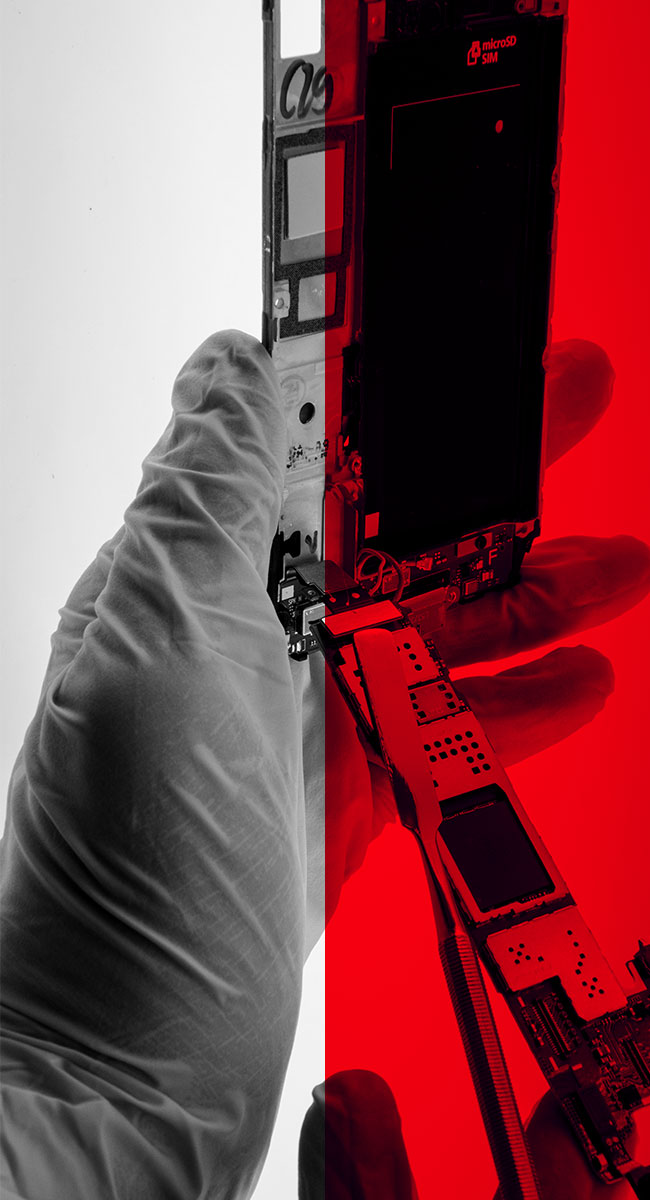
Independent testing programme assessing the lifetime of consumer products
Background
Resource use and waste generation related to electrical and electronic equipment (EEE) has been significantly increasing in the past decades. In 2016, the world generated 44.7 million tonnes (Mt) of waste electrical and electronic equipment (WEEE) of which only 20% was recycled through appropriate channels[1]. In the EU, WEEE is considered to be one of the fastest growing waste streams, growing at 3-5% per year[2] and reaching 12 Mt by 2020[3].
Different pieces of EU legislation, such as the Directive on waste electrical and electronic equipment (WEEE Directive) and the Directive on the restriction of the use of certain hazardous substances in electrical and electronic equipment (RoHS Directive) have been put in place to organise collection schemes for WEEE, to restrict the use of hazardous substances and to incentivise WEEE recycling. However, WEEE is a very heterogeneous and complex waste stream and many critical materials still cannot be recovered in recycling processes.
Therefore, a promising way to keep precious resources within the economy and to reduce waste generation lies in the extension of the useful lifetime of EEE.
OBJECTIVES
PROMPT will tackle this challenge by establishing an independent testing programme for premature obsolescence. This programme will support the assessment of the longevity of consumer products when they are put on the market.
The testing programme will cover major aspects related to longevity. It has the goal to enable testing bodies, consumer organisations, market surveillance authorities and other interested stakeholders to rely on tangible definitions and to methodically assess premature obsolescence. It will contribute to ongoing and future standardisation efforts and provide designers and policymakers with recommendations on improving durability and reparability of products, empower consumers to make informed choices, and create awareness on market conditions.
METHODOLOGY
The testing program will be based on a multi-stakeholder approach and the results can be used by independent authorities, manufacturers and consumer organisations to assess a range of products from the electrical and electronics sector. The testing programme will be established for smartphones, televisions, washing machines and vacuum cleaners.
The consortium has identified component reliability, product design features concerning repair and reuse and user and market-related factors as the most critical categories to be analysed. The development of the testing programme will build upon a thorough research basis that is established in the beginning of the project. The project team will collect and analyse data from all fields relevant to the phenomenon of premature obsolescence, such as direct consumer feedback, information on state-of-the-art of testing and design analysis, environmental aspects related to obsolescence as well as market and legal information. These data will be either directly collected from project partners, from consumers, from literature reviews or stem from external partners.
Once the testing programme has been developed, it will be validated and demonstrated in a laboratory environment. The consortium interacts regularly with all relevant stakeholders, but project partners will also use their different communication channels to reach out to EU citizens, to the scientific community, to standardisation committees and to policymakers.
_________________________________________________
[1] Baldé, C.P., Forti V., Gray, V., Kuehr, R., Stegmann,P. : The Global E-waste Monitor – 2017, United Nations University (UNU), International Telecommunication Union (ITU) & International Solid Waste Association (ISWA), Bonn/Geneva/Vienna.
[2] European Commission - Waste Statistics - Electrical & Electronic Equipment
[3] European Commission - Waste Electrical & Electronic Equipment (WEEE)
